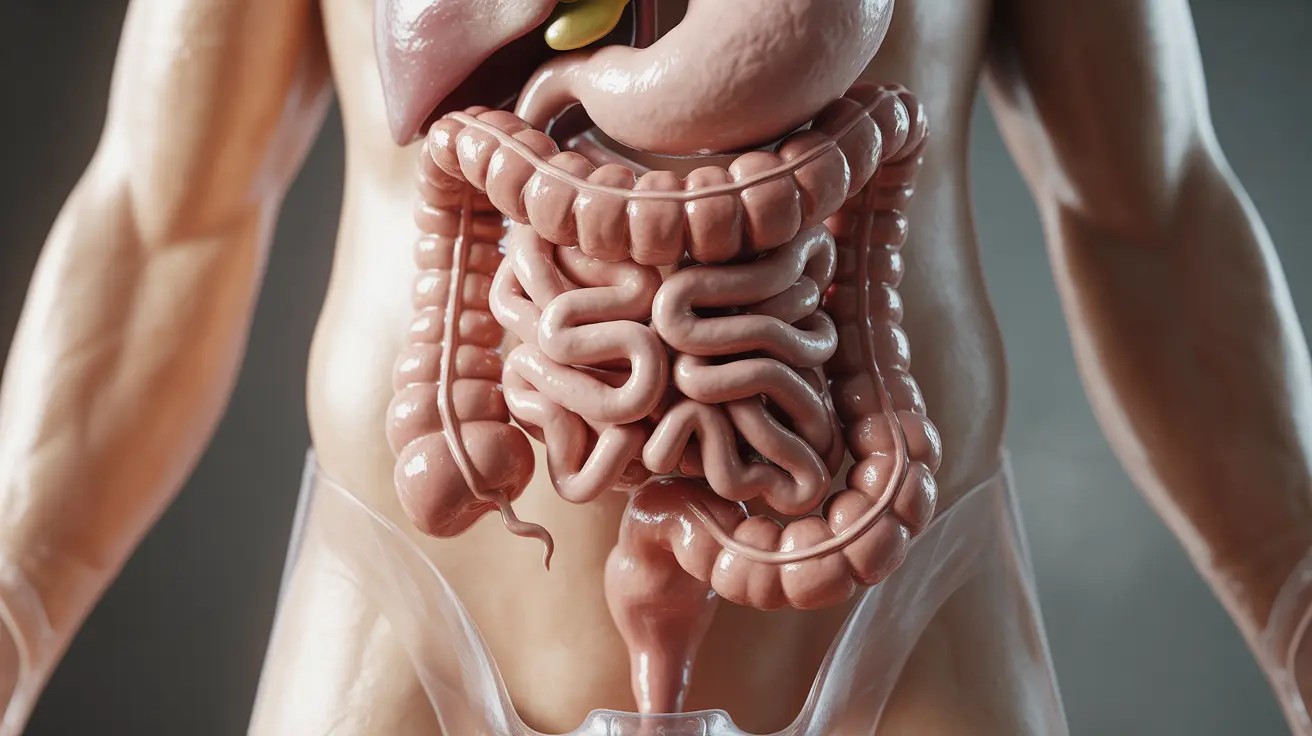Protein powder has become a staple supplement in many people's daily routines, but few understand the complex manufacturing processes that transform raw ingredients into the convenient powder form we know. Whether derived from milk-based whey or plant sources, protein powder production involves multiple sophisticated steps to ensure quality, purity, and effectiveness.
This comprehensive guide explores the journey of protein powder manufacturing, from initial extraction to final packaging, revealing the science and technology behind this popular supplement.
The Whey Protein Manufacturing Process
Whey protein powder begins its journey as a byproduct of cheese production. During cheese making, enzymes separate milk into solid curds and liquid whey. This liquid whey contains valuable proteins that manufacturers then isolate and process.
Initial Processing and Filtration
The liquid whey undergoes multiple filtration stages using specialized membranes. These membranes separate proteins from other components like lactose and minerals. Advanced filtration techniques such as ultrafiltration and microfiltration ensure high protein concentration while removing unwanted substances.
Protein Concentration and Purification
After initial filtration, the protein concentrate goes through additional processing to achieve different concentration levels. This creates various forms of whey protein, including concentrate (WPC), isolate (WPI), and hydrolysate (WPH), each with distinct protein percentages and characteristics.
Plant-Based Protein Manufacturing
Plant-based protein powder production follows a different but equally sophisticated process. Common sources include pea, soy, rice, and hemp proteins.
Extraction and Processing
Manufacturers begin by cleaning and preparing the plant material. The protein is then extracted using either wet or dry processing methods. Wet processing involves using water and alkaline solutions to separate proteins, while dry processing focuses on mechanical separation techniques.
Concentration and Refinement
The extracted plant proteins undergo further refinement to remove anti-nutrients and improve digestibility. This may include heat treatment, enzyme processing, and additional filtration steps to achieve the desired protein concentration.
The Drying Process
Both whey and plant-based proteins must be transformed from liquid to powder form. This crucial step typically involves spray drying or freeze-drying technology.
Spray Drying Technology
In spray drying, the liquid protein concentrate is atomized into tiny droplets and sprayed into a heated chamber. The water evaporates instantly, leaving behind fine protein powder particles. Temperature control is crucial to preserve protein quality and functionality.
Final Processing and Enhancement
Before packaging, manufacturers often add ingredients to improve the protein powder's taste, texture, and functionality.
Flavoring and Fortification
Natural or artificial flavors, sweeteners, and additional nutrients are carefully blended with the base protein powder. This process requires precise formulation to ensure proper mixing and stability while maintaining the powder's nutritional profile.
Quality Control and Packaging
The final product undergoes rigorous testing for protein content, purity, and safety. Modern packaging methods often include moisture-resistant materials and oxygen absorbers to maintain freshness and extend shelf life.
Frequently Asked Questions
- How is whey protein powder made from milk?
Whey protein powder is made by separating liquid whey from milk during cheese production. This whey undergoes multiple filtration processes to isolate and concentrate the proteins, followed by spray drying to create a powder form.
- What are the main steps involved in producing plant-based protein powder?
Plant-based protein production involves cleaning and preparing raw materials, extracting proteins through wet or dry processing, concentrating and refining the protein, and finally drying it into powder form. Additional steps include removing anti-nutrients and improving digestibility.
- How do manufacturers remove lactose and fats during protein powder production?
Manufacturers use advanced filtration techniques like ultrafiltration and microfiltration to separate proteins from lactose and fats. These processes employ specialized membranes that allow specific molecules to pass while retaining the desired proteins.
- What processes turn liquid protein extracts into powder form?
Liquid protein extracts are primarily converted to powder through spray drying or freeze-drying. Spray drying involves atomizing the liquid into fine droplets and exposing them to hot air, while freeze-drying removes moisture through sublimation under cold temperatures and vacuum conditions.
- Why do some protein powders have added flavors or sweeteners before packaging?
Manufacturers add flavors and sweeteners to improve taste and palatability, making the supplements more enjoyable to consume. These additions also help mask any bitter or unpleasant natural tastes from the protein sources while maintaining the product's nutritional benefits.




